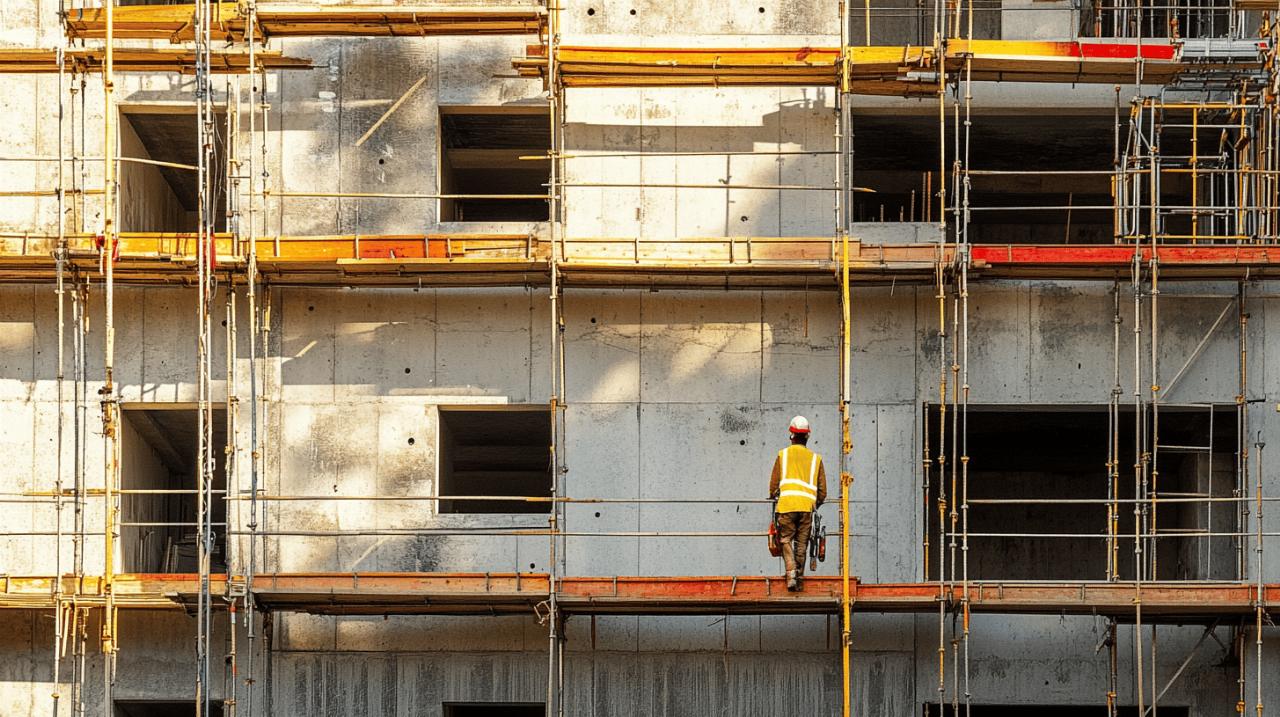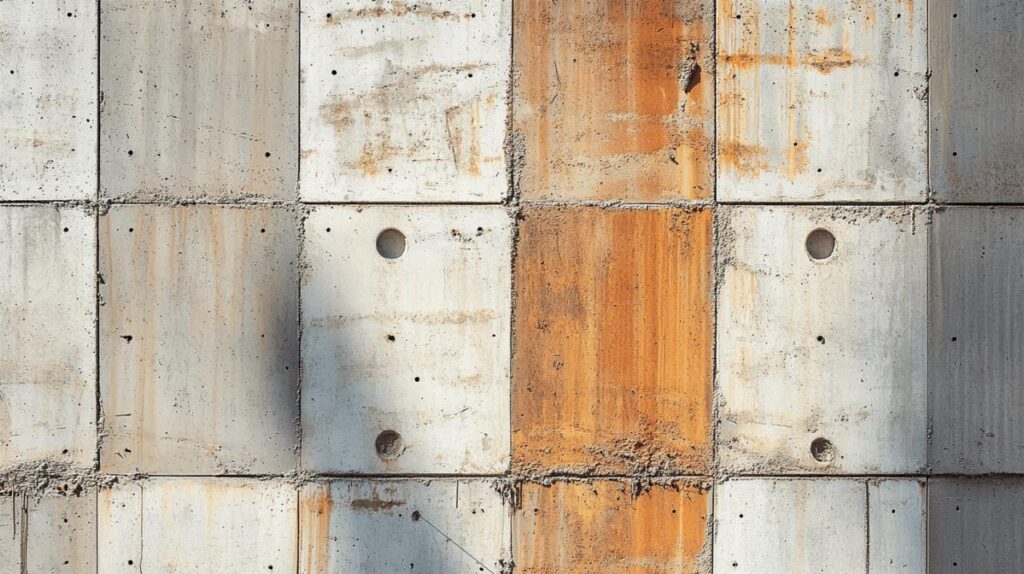Creating effective construction site panels is a critical aspect of any building project, not only for regulatory compliance but also for clear communication with workers and the public. Well-designed panels can enhance safety, provide essential information, and even serve as valuable marketing tools. This guide explores key strategies to optimise your construction site panels for maximum effectiveness.
Designing clear and accessible construction panels
The foundation of any effective construction site panel lies in its design clarity. When creating your panels, remember that they serve as the first point of information for various stakeholders. The construction industry professionals at https://www.criterioselecta.it/ emphasise that understanding your brand and aims should be your starting point before designing any site hoarding or information panel.
Simplifying language for public understanding
Technical jargon may be second nature to construction professionals, but it can confuse the general public. Employ plain English throughout your panels, avoiding industry-specific terminology whenever possible. Remember that most passers-by will only glance at your panel for a few seconds, so your message must be immediately comprehensible. Concise sentences with active voice construction will ensure your information is quickly absorbed rather than skimmed over.
Creating Visual Impact with Proper Layout and Typography
The visual elements of your construction panels are just as important as the textual content. Use a clean, readable font with appropriate sizing that allows text to be legible from a distance. High-contrast colour combinations significantly improve readability, particularly in varying weather and lighting conditions. Consider incorporating diagrams, photographs, and graphics to illustrate key points, making the information more engaging and easier to understand. A well-structured layout with clear visual hierarchy guides the viewer’s eye to the most critical information first.
Safety communication best practices
Safety information should always take precedence on construction site panels. Effective communication of hazards and precautions can prevent accidents and ensure compliance with health and safety regulations.
Prioritising critical safety information
When designing panels, place safety warnings and instructions in prominent positions where they cannot be missed. This includes information about potential hazards, required personal protective equipment, and emergency procedures. Remember that safety information is not just a legal requirement but a moral obligation to protect workers and the public. Develop a hierarchical approach to safety messaging, with the most crucial warnings receiving the greatest visual emphasis through size, colour, and positioning.
Using symbols and colour coding effectively
Internationally recognised safety symbols can transcend language barriers and convey information quickly. Incorporate standard hazard symbols alongside text explanations for maximum clarity. Colour coding is another powerful tool—use the traditional safety colour scheme (red for prohibition/danger, yellow for caution, blue for mandatory actions, and green for emergency information) consistently across all panels. This visual shorthand helps viewers immediately recognise the nature of the information being presented, even before reading the specific details.
Tailoring panels to different audiences
Construction sites typically have multiple stakeholders, each with different information needs. Recognising these varying requirements is essential for effective communication.
Meeting the Needs of Workers vs. the General Public
Workers require detailed operational and safety information, while the general public needs basic project information and safety warnings. Consider creating separate panels for different audiences or clearly delineating sections within larger panels. For the public, focus on project timelines, expected disruptions, and contact information for queries. Worker-focused panels should include site rules, emergency procedures, and specific hazard warnings. Marketing elements like branding and project visualisations are more appropriate for public-facing panels, potentially incorporating construction hoarding and site advertising elements.
Ensuring accessibility for all viewers
Accessibility considerations should factor into every panel design. Ensure text is large enough to be read by people with visual impairments and positioned at appropriate heights for viewers of different statures, including wheelchair users. Consider including braille elements or QR codes linking to audio information for visually impaired individuals. Where appropriate, provide information in multiple languages commonly spoken in the area to ensure inclusivity for non-English speakers.
Material selection and durability considerations
Construction sites are challenging environments, and panels must withstand various elements to remain effective throughout the project duration.
Weather-resistant options for outdoor panels
Select materials specifically designed to endure outdoor conditions, including UV-resistant inks and laminates to prevent fading from sun exposure. Waterproof substrates are essential to maintain legibility during rain and prevent warping or deterioration. For long-term projects, consider premium materials with greater longevity, such as aluminium composite panels or high-density PVC boards. These may have higher upfront costs but offer better value over time by reducing replacement frequency.
Anti-vandalism features and protective coatings
Construction sites, particularly in urban areas, can be targets for vandalism. Anti-graffiti coatings allow for easy cleaning without damaging the underlying information. Consider using tamper-resistant fixings and frames to prevent unauthorised removal or alteration of panels. For particularly vulnerable sites, digital alternatives like LED displays behind protective screens can offer both security and the flexibility to update information remotely. Products like Heras fence covers and crowd barrier covers can provide additional physical protection while also serving as branding opportunities.
Regulatory compliance and maintenance
Ensuring your panels meet all legal requirements is essential, as is keeping the information current throughout the project lifecycle.
Meeting uk construction signage standards
Familiarise yourself with the Health and Safety (Safety Signs and Signals) Regulations and ensure all panels comply with these standards. This includes using the correct symbols, colours, and formats for mandatory safety information. Beyond safety requirements, check local planning regulations regarding the size, positioning, and content of construction site panels, as these can vary by location. Maintain thorough documentation of compliance efforts, including photographs of installed panels and regular inspection records.
Establishing a Review Schedule for Information Updates
Construction projects evolve, and outdated information can be misleading or even dangerous. Implement a regular review schedule to verify all information remains accurate and relevant. Assign specific responsibility for panel maintenance to ensure accountability, and create a simple process for updating information when necessary. Consider incorporating features that facilitate updates, such as modular panel designs where individual sections can be replaced without reinstalling the entire panel. Regular maintenance should also include cleaning to ensure ongoing visibility and checking structural integrity, particularly after severe weather events.

